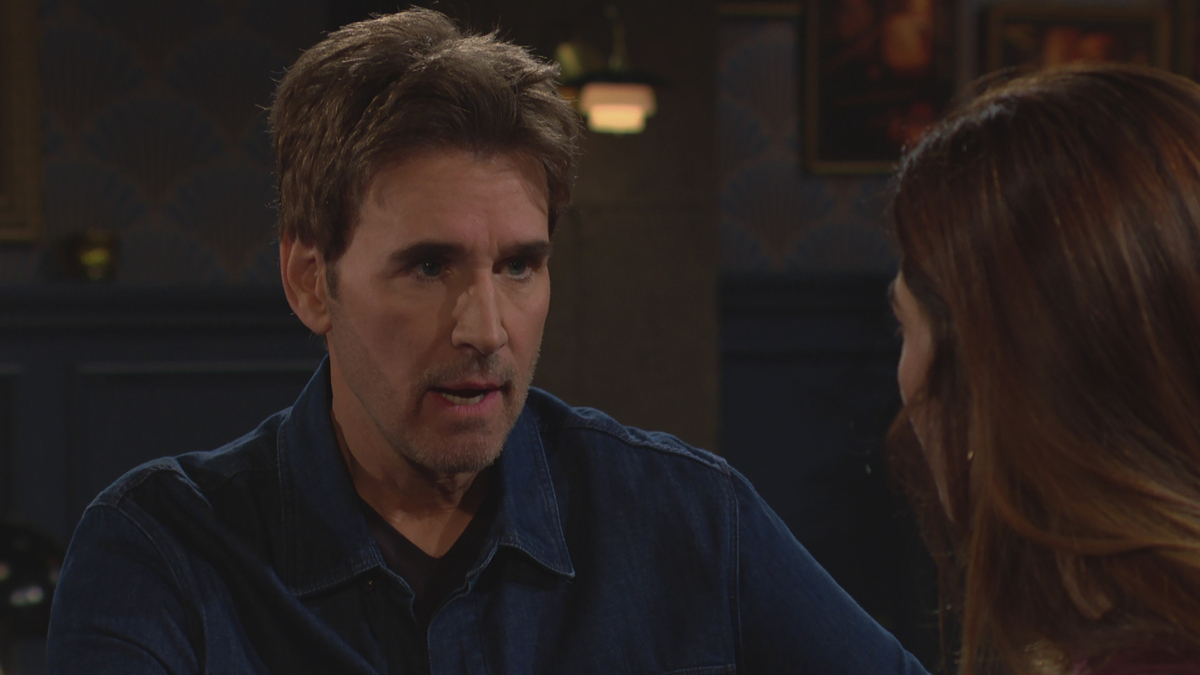Stephen Fry: 'I hope this series makes people consider Costa Rica or Guatemala for their holidays'

Stephen Fry doesn’t strike you as the sort of chap who’d enjoy whizzing through the air on a white-knuckle zip wire ride. But the QI host took up the challenge as part of his new-four part ITV series, Stephen Fry’s Central America (ITV, Thursday, August 27), which sees him embark on a 5000-mile journey from Mexico to the Panamanian border with South America...
Stephen explains what to expect during the series...
Was you nervous about going on the zip wire in Mexico?
“I went something like 80mph. Fortunately the screaming of the wheels and the brakes on the zip wire were just louder than my screaming! Once you’ve agreed to do it and you get locked into your seat, there’s nothing you can do.”
You also had a crack at surfing in El Salvador. Was that any better?
“I never want anything to do with it again. Skiing is probably something I hate even more, but surfing is a king of aquatic skiing, isn’t it? I had a go. It’s very nice to watch, I suppose that’s all that can be said about it.”
It’s been seven years since Stephen’s last epic travel series, where he chugged across the US in his trusty London cab for his phenomenally popular BBC1 series, Stephen Fry in America.
Get the What to Watch Newsletter
The latest updates, reviews and unmissable series to watch and more!
Where did the idea for this show come from?
“I had the idea for this show about four years ago when I was chatting about the American show. I’d only ever visited Mexico before, and that wasn’t really for very long. That’s part of the reason why I wanted to do this series.”
Your visit also helped you to expand your fanbase. Tell us about that...
“I had a guest appearance in a Mexican soap opera, called An Italian Girl Comes To Find a Husband. It sounds better in Spanish. I played a kind of Jeeves, a pretend butler to the male lead who's trying to woo the Italian beauty.”
Was what the most enjoyable part of the series?
“Going to places you’ve never seen before and the places that have always intrigued me are the areas between North and South America.”
Parts of the region are notorious for kidnappings, so what transport did you opt for to get around?
“We wanted to travel in something that was inconspicuous, and there’s nothing more inconspicuous in all of Central American than the classic yellow North American school bus. The buses do their work in North America, driving children around, and then with 300-400,000 miles on the clock, they’re sold for very little to countries in Central America.”
In Guatemala City, you joined a heart surgeon and volunteer, Jorge, on a night patrol in the city’s troubled spots. That must have been quite scary considering there are on average 100 gangland murders a week!
“He started telling me about the number of times that he’s been tending the wounds of someone who’s been shot and how the people who’ve shot the victim have come back to shoot them again because they’re not dead.
“He said that at one point a grenade was thrown into an ambulance that had one of the shot people in it. When I heard that, I was just a little bit nervous!”
What was the most dangerous city you visited?
“Tegucigalpa, the capital of Honduras, where I had two security guards who protected me. That was a pretty serious business. The awful thing is, of course, as with all crime everywhere, is it’s the poor who suffer the most. Yes there are kidnappings from richer families, but essentially they’ve all left Honduras. It’s a failed state.”
The cameras followed you into the city’s notorious women’s prison. Who did you meet there?
“I was introduced to a serial killer. She was a sort of Sweeney Todd, who had killed her husbands – seven of them – cooked them and sold the meat at the market. Extraordinary, I couldn’t believe it.
“The women are in a sort of institution, a lot of them have children in there with them, it’s sort of their little world in which they live, and when a visitor comes in they have no particular interest in harming them.
“I think they found a big, clumsy, overgrown Englishman quite amusing!”
What country stood out for you?
“Central America has it’s fair share of problems, but the country that stands out like a beacon is Costa Rica. Its success is due to the fact that following a coup in 1944 Costa Rica disbanded its army.
“All the money it would have spent on arms, and indeed on a navy or an air force, was spent instead on education, health and other things and it’s far and away the most prosperous of all the Central American countries. And it’s constantly regarded as the happiest country on earth!”
What was the atmosphere like when you arrived in Panama on the final leg of your adventure?
“The cheerfulness was really quite noticeable. It’s an amazing country.
So you’ve enjoyed making this series?
”Overall making this was a terrific experience and it was full of colour and astonishment. I hope if this series does one thing, it might make people think, let’s go to Guatemala or Costa Rica for our holidays. And not to the obvious places."










